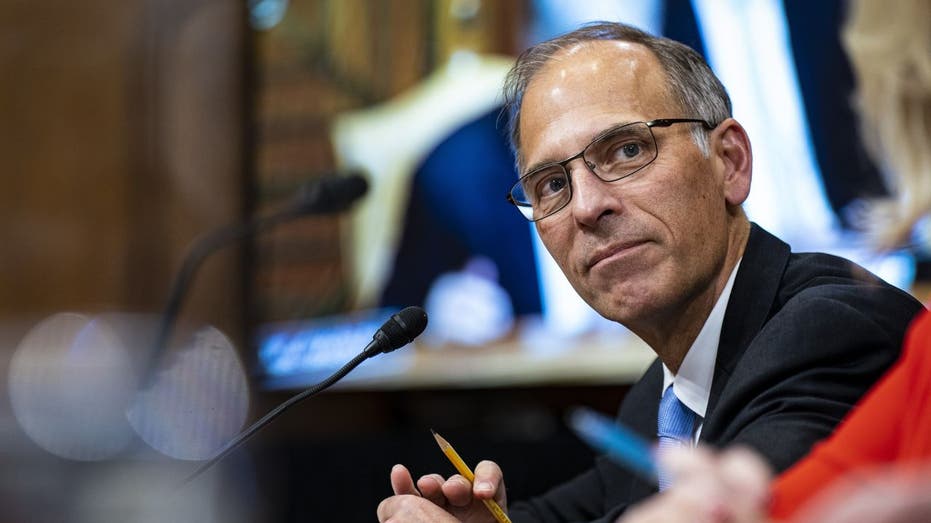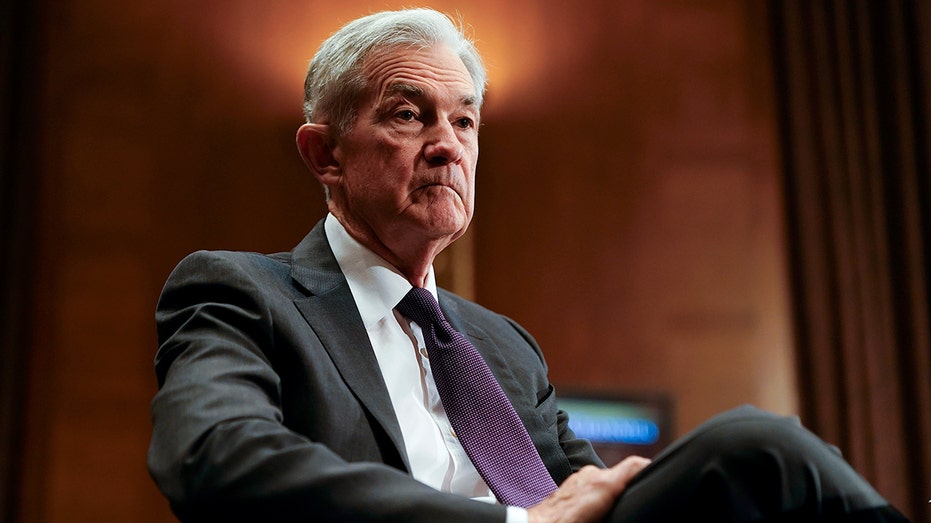The economies of more than 20 states are either in a recession or are on the brink of slipping into one, according to an analysis by Moody’s Analytics chief economist Mark Zandi.
Zandi’s analysis found that as of late August, 21 states and the District of Columbia were either in recession or at high risk of entering recession. It also found that 13 states were “treading water” while another 15 states’ economies are expanding.
“State-level data makes it clear why the U.S. economy is on the edge of recession,” Zandi wrote in a post on X. “Based on my assessment of various data, states making up nearly a third of U.S. GDP are either in or at high risk of recession, another third are just holding steady, and the remaining third are growing.”
“States experiencing recessions are spread across the country, but the broader DC area stands out due to government job cuts,” he added.
THE US ECONOMY SAW ‘ESSENTIALLY NO JOB GROWTH’ LAST MONTH: MOODY’S
Among the states identified by Zandi as being in recession or at high risk of recession, several are notable contributors to the overall U.S. economy in terms of their share of the nation’s gross domestic product (GDP).
Illinois (3.85% of U.S. GDP), Georgia (3.03%), Washington (3.02%), New Jersey (2.93%), Massachusetts (2.73%) and Virginia (2.66%) were the largest state economies listed as being in recession or at high risk of entering one.
FED MINUTES SHOW POLICYMAKERS REMAIN CONCERNED ABOUT INFLATION AS THEY WEIGH RATE CUTS

States that were identified in Zandi’s analysis as having economies that are “treading water” include California (14.5%), New York (7.92%), Ohio (3.14%) and Michigan (2.44%).
The states with expanding economies included Texas (9.41%), Florida (5.78%), Pennsylvania (3.54%) and North Carolina (2.86%).
“Southern states are generally the strongest, but their growth is slowing,” Zandi noted. “California and New York, which together account for over a fifth of U.S. GDP, are holding their own, and their stability is crucial for the national economy to avoid a downturn.”
THE SEPTEMBER JOBS REPORT IS DELAYED BY THE GOVERNMENT SHUTDOWN – WHAT WAS IT EXPECTED TO SHOW?

Zandi’s analysis has gained attention in recent weeks amid the ongoing government shutdown. It has already delayed the release of the September jobs report and is expected to delay the release of the consumer price index (CPI) that was due to be released next week.
The Bureau of Labor Statistics announced Friday that it is recalling some workers who were furloughed due to the shutdown to help prepare the CPI inflation report, which will instead be released on Oct. 24.
Inflation has remained above the Federal Reserve’s 2% target this year and has increased in recent months as tariffs take effect.
While policymakers at the Fed have noted concerns about inflation, they cut interest rates last month for the first time in 2025 amid signs of the labor market weakening.
Read the full article here










